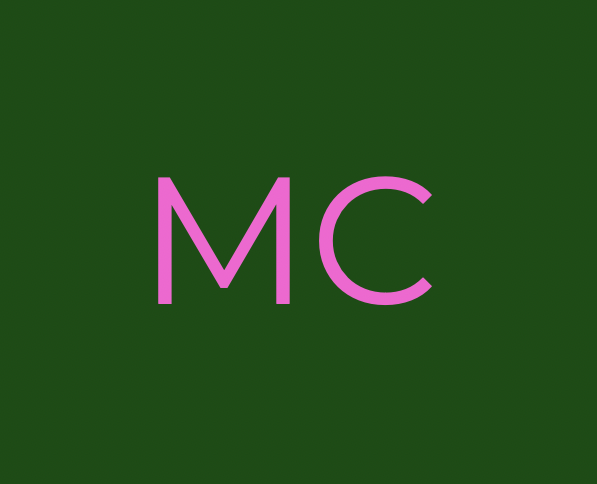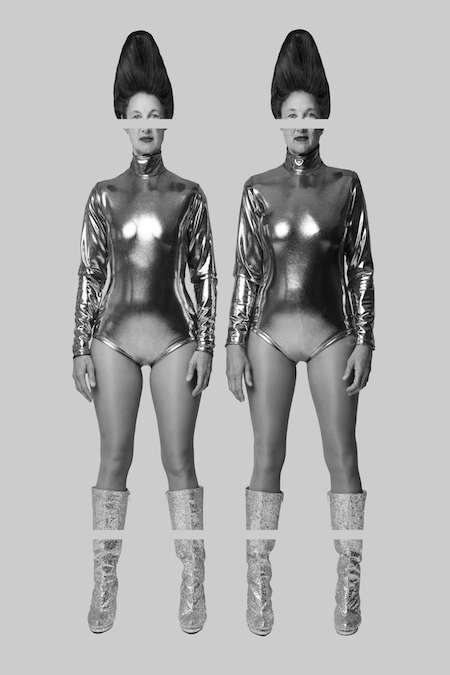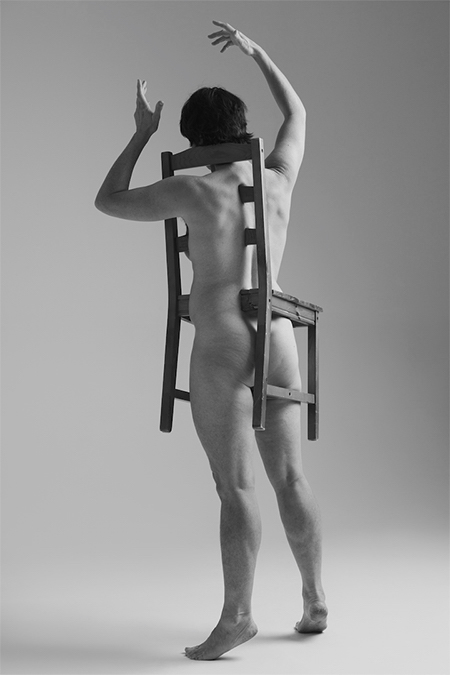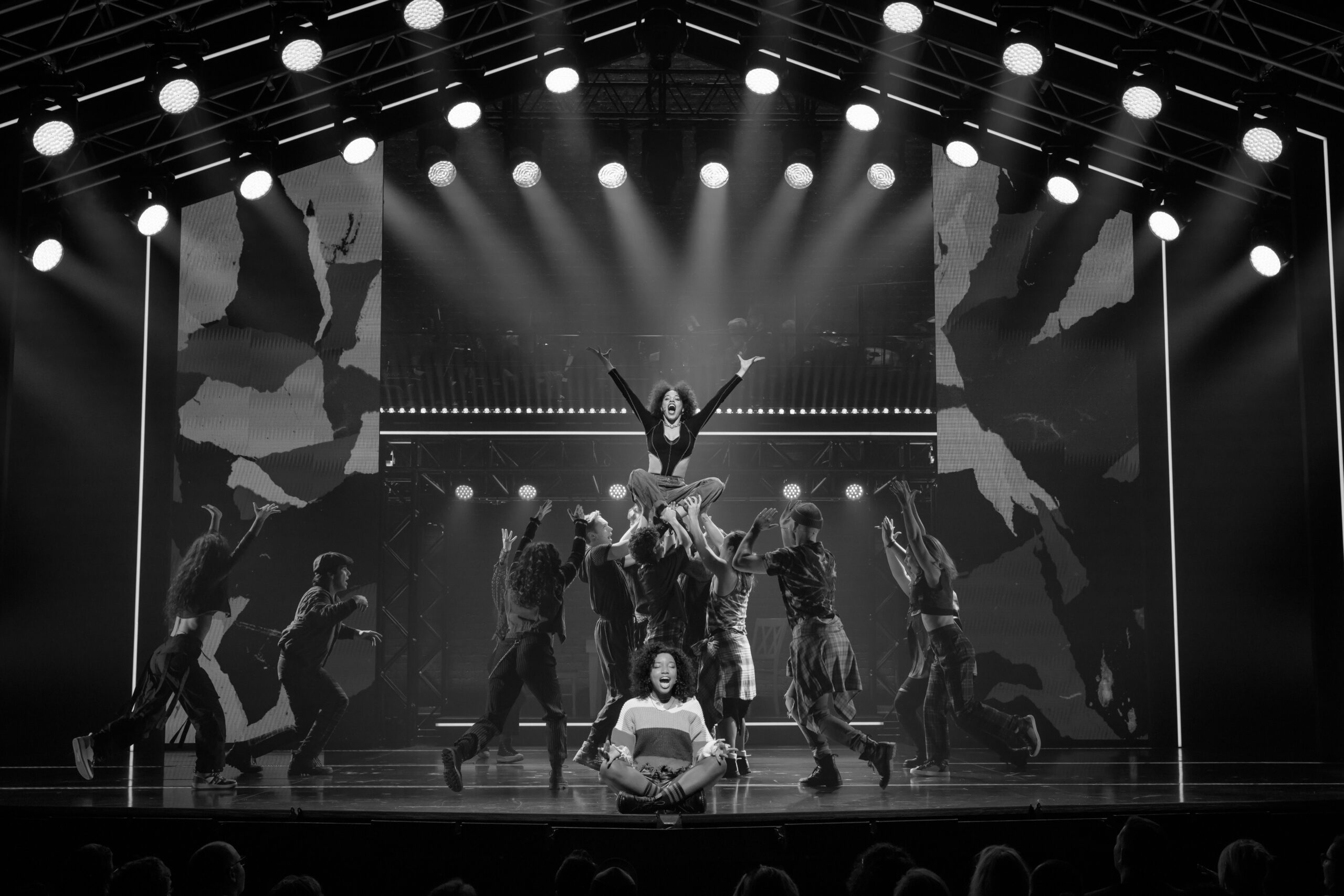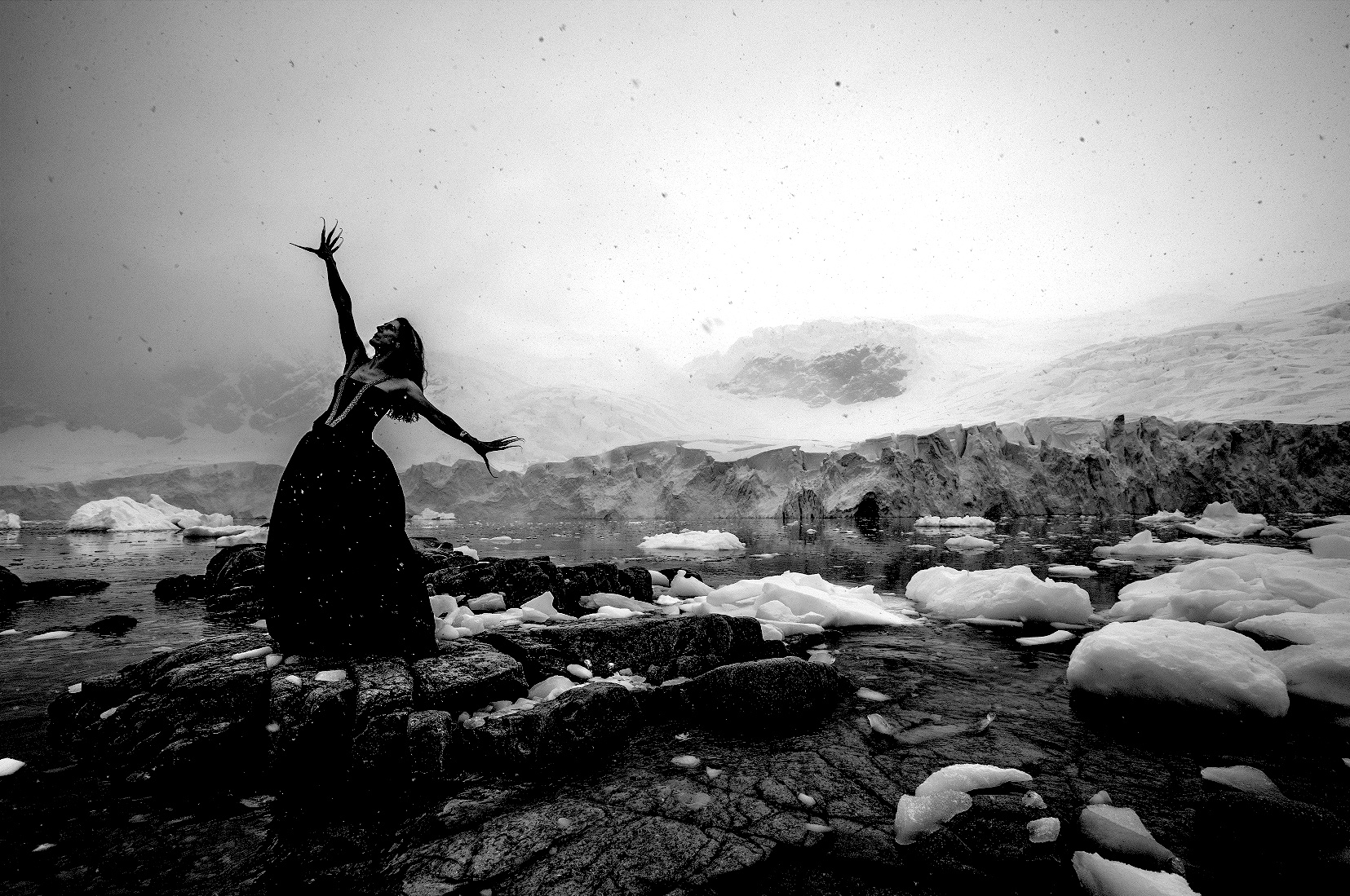RETRO FUTURISMUS
Going off the previous work of Retro Futurismus, Brave World promises to be funny, bizarre, immersive and boundary-breaking. The collective of 5 fierce women – all from varying backgrounds of burlesque, circus, theatre, music and more – describe the show as a post-apocalyptic after party. And what better response to the end of the world than to have some fun? The Melbourne Critique spoke with one member of the collective, Anni Davey, about Retro Futurismus, their vaudeville-style performance art, and the up-coming apocalypse.
Please introduce us to retro futurismus and tell us what audiences can expect from Brave World?
So, Retro Futurismus is a collective of women who have been working in experimental performance art for some time. This is our third outing; our first was Retro Futurismus, our second one was New World and now we have Brave World. What we try to do is create a platform for a sort of variety form, which is also political. The premise of Retro Futurismus is we are looking back at the present from a future which is being proposed by our 20th Century icons, like David Bowie, Michael C. Clark and Stanley Cubrick. We have a retro feel around the future that we inhabit.
It’s pretty whacky! It’s on at 45 Downstairs which is a fabulous venue because we can do anything to it. We do it in a cabaret format, putting the audience right in amongst the action. There are a number of stages, so performers pop up around you and swing overhead. In Brave World we are getting more interested in the idea of a post-apocalyptic or apocalyptic present. Because that’s what it feels like. It feels like in the last 3 years has been on the edge. Trump, Kim Jong Ung, the political posturing that’s going on around the world and the environmental degradation that we can see all around us. I mean, we have just seen one of the weirdest autumns for ages in Melbourne. All of this stuff is starting to ring alarm bells. But it’s quite tongue in cheek, for the most part. It’s entertainment, it’s a variety show.
Are we are becoming increasingly obsessed with the concept of a dystopian future, and why do you think it is so compelling to explore this theme?
I think the truth is that we have for the last 50-60 years that’s been the current myth, or the current proposal or the current reality. We have for the last 50-60 years, all through the cold war, been looking down the barrel of the end of the world. We live in a nuclear age. One press of the button and that’s the end of everything. It’s in the back of our minds. I don’t think it’s new, I don’t think it’s a fantasy, I think not to acknowledge an idea of the end world situation is possibly naïve.
Retrofuturism looks at how we used to anticipate the future.
So, is your work set in an alternative present day, in which these anticipations came true? Or is it an anticipation of the future beyond our present day, inspired by these past cultural imaginings?
There is no narrative; we are wherever we are. The premise gets pretty lose sometimes. Basically, we imagine ourselves as brick walls, as chairs, as space creatures, as swimming through oceans of plastic. That is the present, depending on where you are. Sometimes it looks like ancientness, and sometimes it looks very sci-f a revolutionary future with space exploration. The first Retro Futurismus featured astronauts and strange tubular creatures, whereas now the work we are producing has evolved, and is starting to be a bit more earthy, a bit more about the body in this proposed future/present.
What were your main inspirations for the show, or for your work in general?
It’s a pretty eclectic bunch, The collaborators are from a whole bunch of different areas. Anna Lumb is a circus performer primarily, in corporate and club genre. She does a lot of circus-skill based work. I am also from circus but I am post-circus in that I use rigging and contraptions. Teresa Blake is a musician and performance artist, and she is very different and very out there. Maud Davey, my sister, is a trained actor and also from the 90s Burlesque scene, which is very different from the Burlesque we see today.
Your work has been described as vaudeville, which can include a myriad of devices. How do you balance these forms together?
As I said, the collaborators are really eclectic and different and that’s one of our main strengths. We don’t have a group process. We try and work in isolation and only sometimes together because we find that the fact that we are so different and produce such different work is a real bonus for the performance.
The fact that it’s all very different is deliberate. We’re not trying to pull it all together and make it look like one vision has made it.
